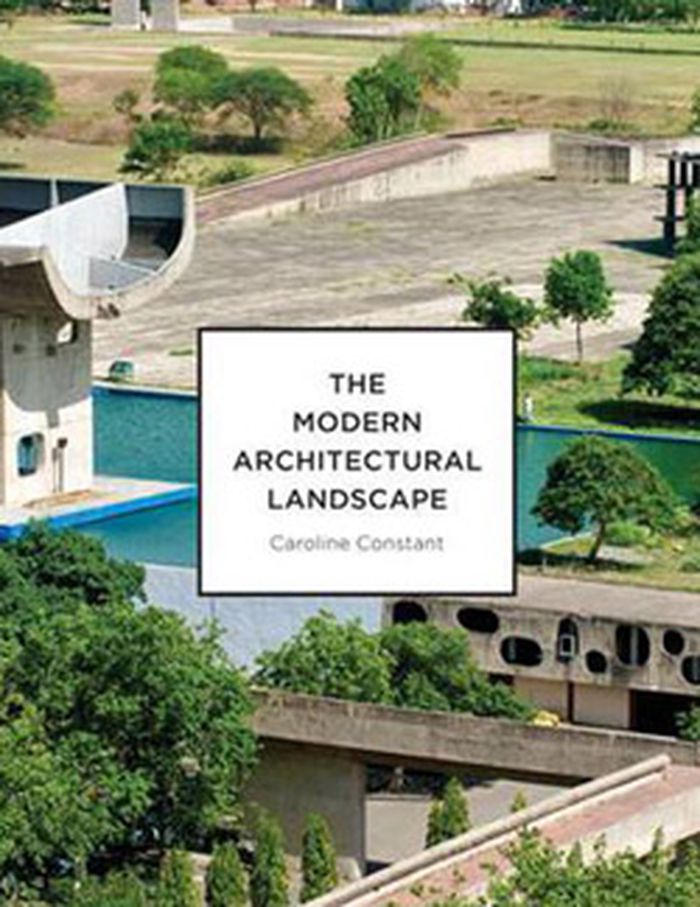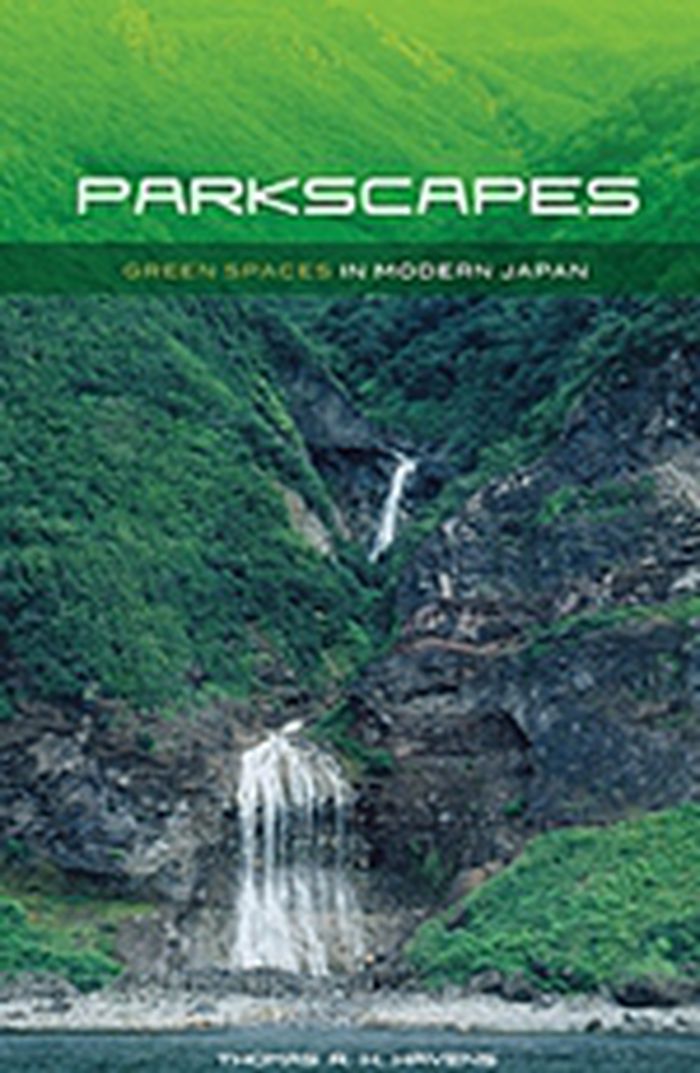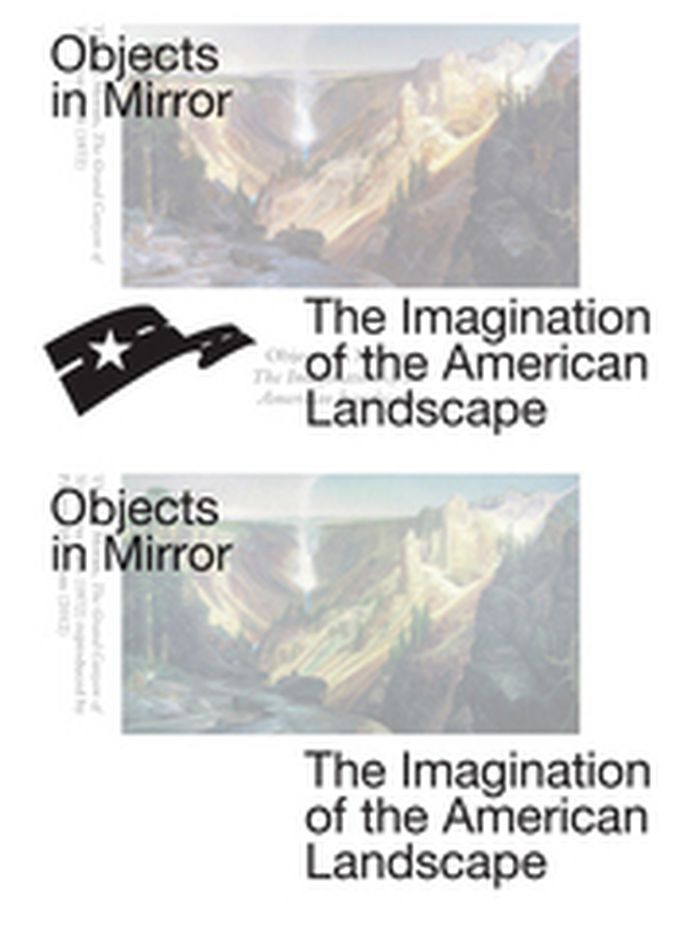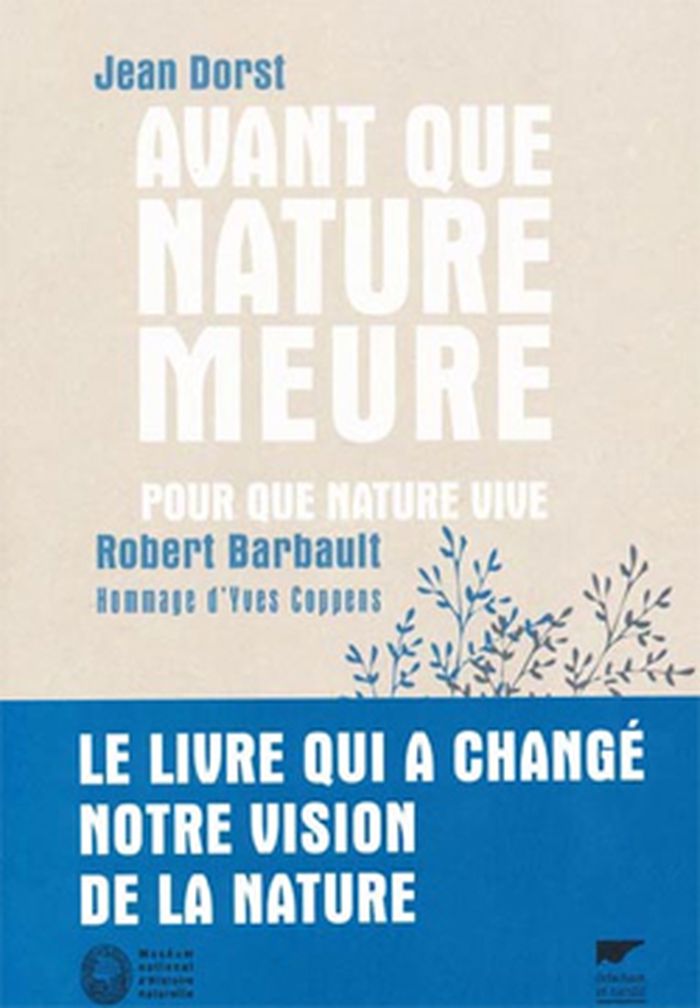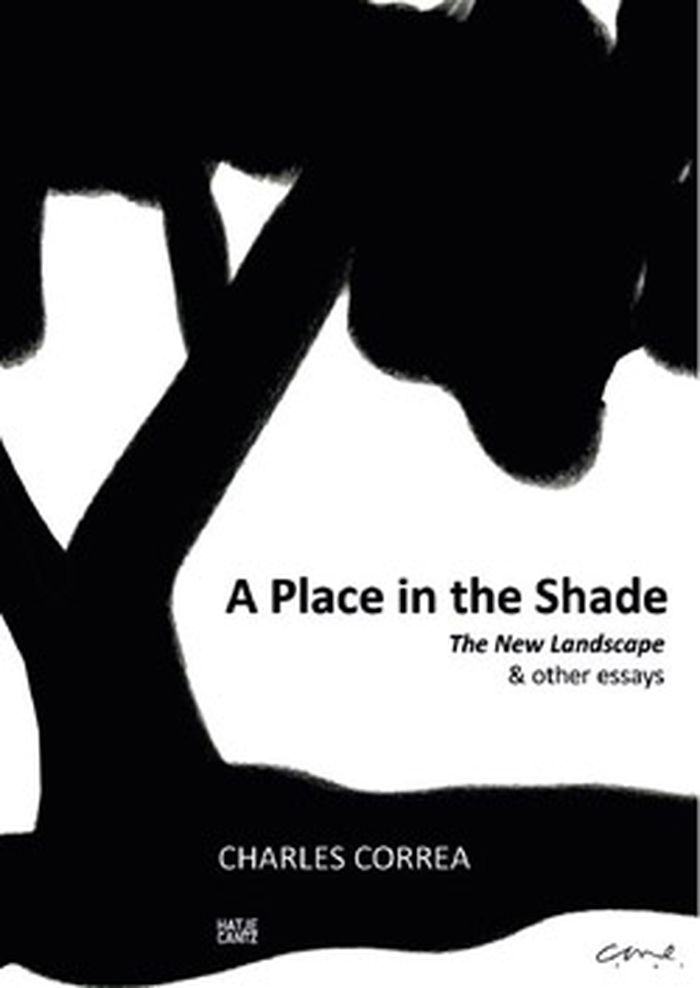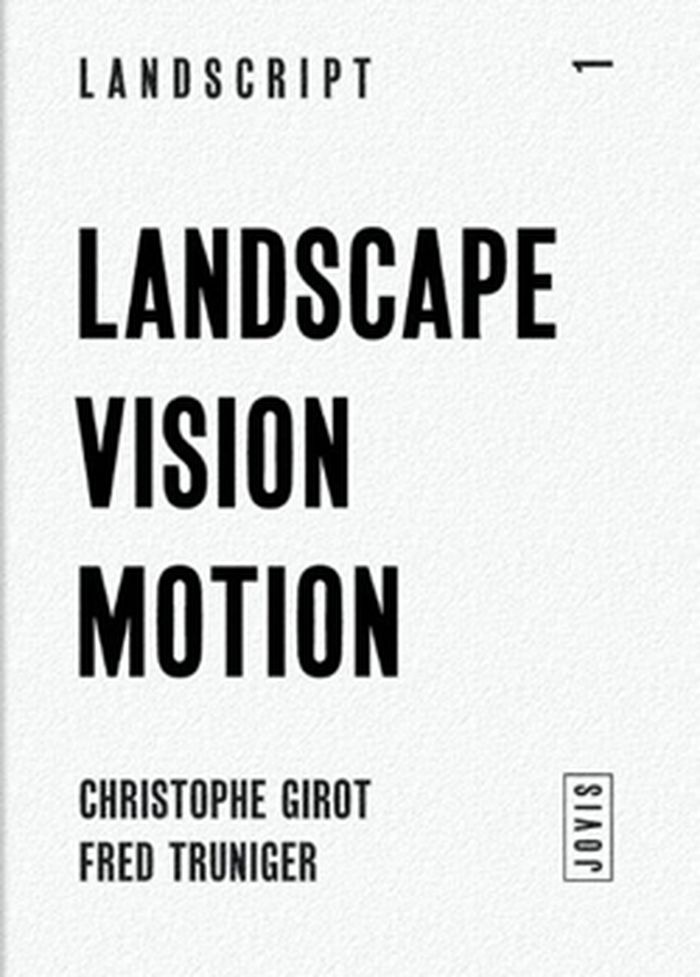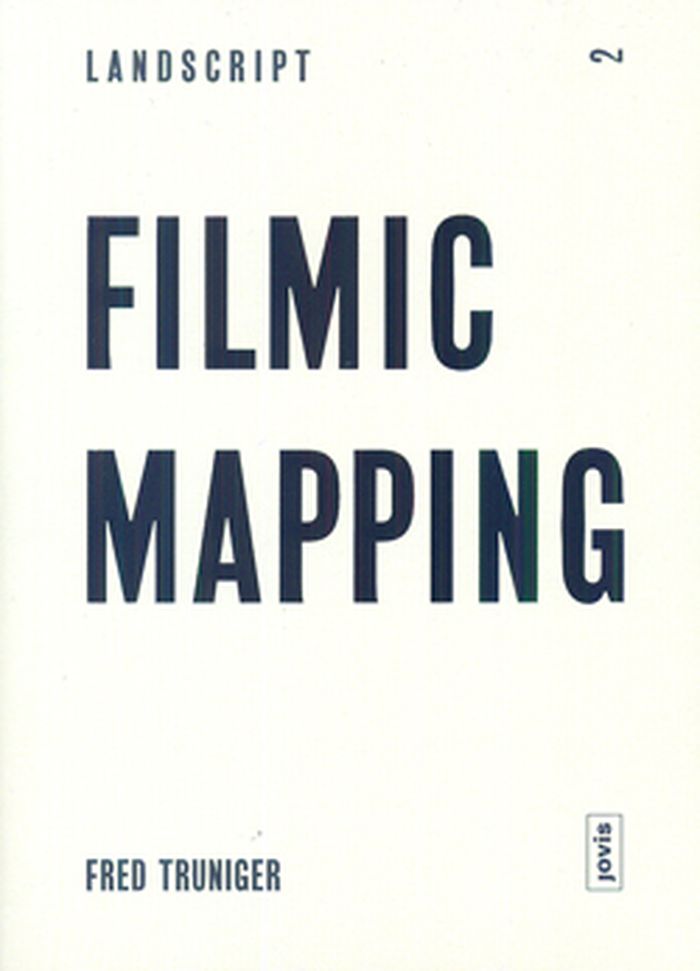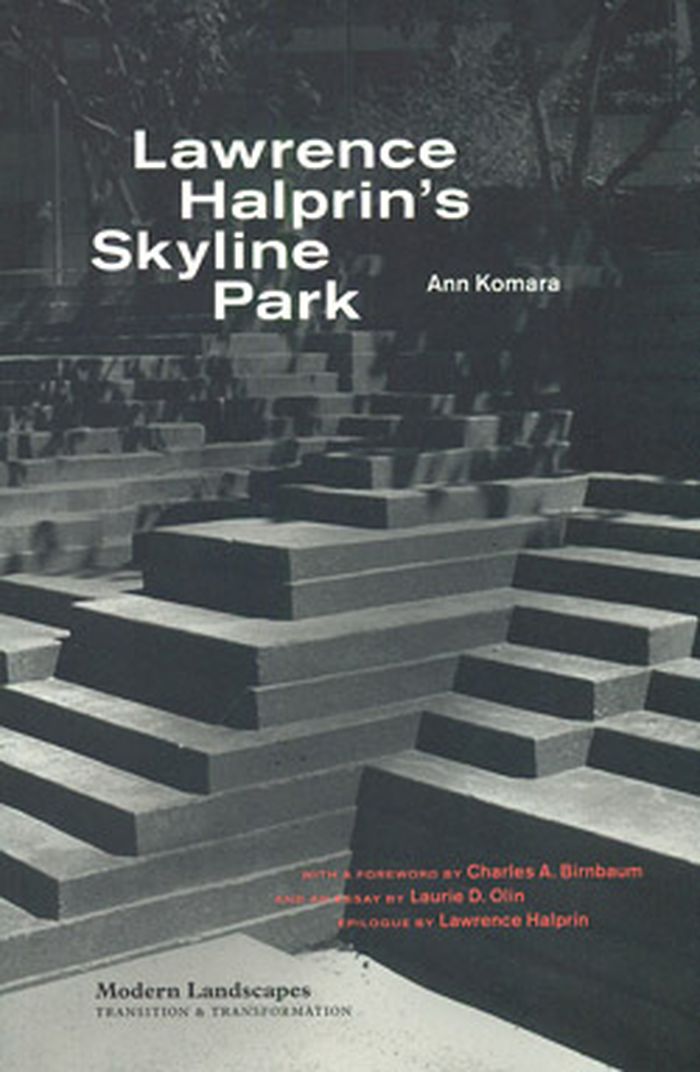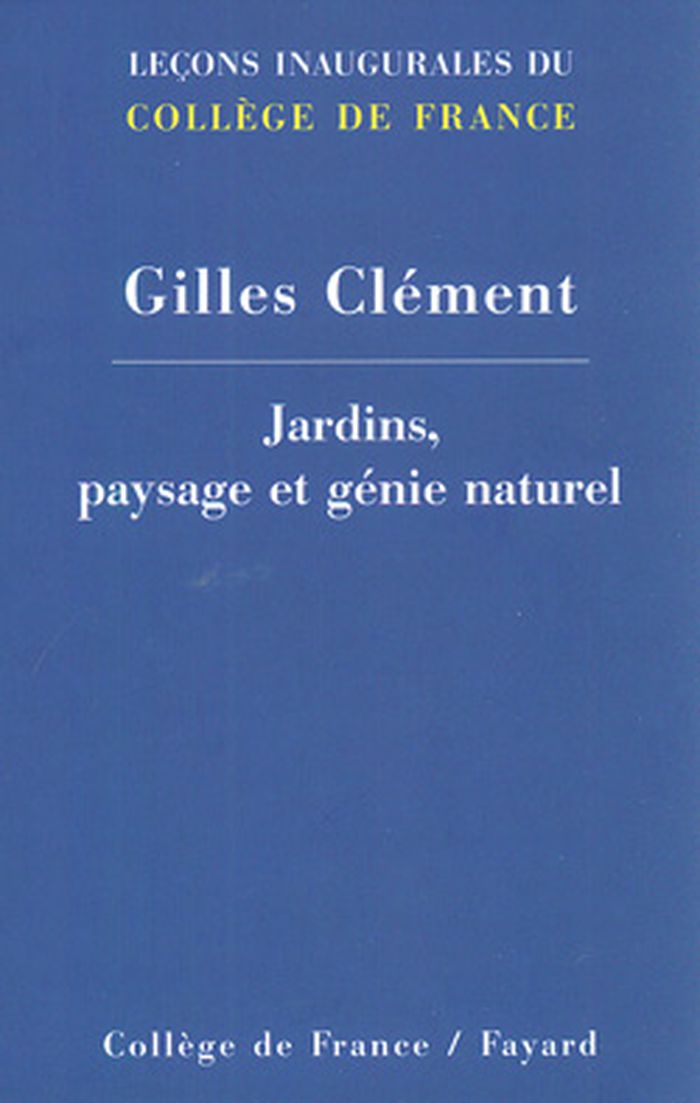$33.00
(disponible sur commande)
Résumé:
Caroline Constant examines diverse approaches to landscape in the work of architects practicing in Europe and the United States between 1915 and the mid-1980s. Case studies highlight landscapes in the public realm rather than the private garden, which had been a primary focus of much Western landscape theory and practice during the early decades of the century. These(...)
The modern architectural landscape
Actions:
Prix:
$33.00
(disponible sur commande)
Résumé:
Caroline Constant examines diverse approaches to landscape in the work of architects practicing in Europe and the United States between 1915 and the mid-1980s. Case studies highlight landscapes in the public realm rather than the private garden, which had been a primary focus of much Western landscape theory and practice during the early decades of the century. These landscapes do more than accommodate the functional needs of the evolving mass society in parks, playgrounds, and places of assembly; they give formal expression to Modern Movement social and political ideologies, engaging the symbolic potential of the modern landscape—particularly in its ability to take on new, more democratic forms of social organization. Approaching landscape as an essential component of modern architecture’s constructive endowment of material with social value, The Modern Architectural Landscape focuses on the precise material forms and ideological underpinnings of landscapes conceived by architects, revealing them as salient to the formulation of both modern architecture and the modern landscape.
Théorie du paysage
$27.95
(disponible sur commande)
Résumé:
In Waterfall, Brian Hudson explores the many myths and legends waterfalls have inspired in cultures ranging from Native American to Celtic and Indian, and how they have been depicted in art, literature, film, and music. He also examines their influence on architecture and landscape design, as manmade waterfalls begin to be a staple of parks, gardens, and backyard(...)
Waterfall: nature and culture
Actions:
Prix:
$27.95
(disponible sur commande)
Résumé:
In Waterfall, Brian Hudson explores the many myths and legends waterfalls have inspired in cultures ranging from Native American to Celtic and Indian, and how they have been depicted in art, literature, film, and music. He also examines their influence on architecture and landscape design, as manmade waterfalls begin to be a staple of parks, gardens, and backyard landscaping. Hudson also discusses the ecology of waterfalls and the conflict that arises from their importance as both a source of hydroelectric power and tourist attractions in many countries. As erosion takes its own toll, the additional environmental impacts of human exploitation could be devastating.
Théorie du paysage
$19.95
(disponible sur commande)
Résumé:
Japan today protects one-seventh of its land surface in parks, which are visited by well over a billion people each year. Parkscapes analyzes the origins, development, and distinctive features of these public spaces. Green zones were created by the government beginning in the late nineteenth century for state purposes but eventually evolved into sites of negotiation(...)
Parkscapes: green spaces in modern Japan
Actions:
Prix:
$19.95
(disponible sur commande)
Résumé:
Japan today protects one-seventh of its land surface in parks, which are visited by well over a billion people each year. Parkscapes analyzes the origins, development, and distinctive features of these public spaces. Green zones were created by the government beginning in the late nineteenth century for state purposes but eventually evolved into sites of negotiation between bureaucrats and ordinary citizens who use them for demonstrations, riots, and shelters, as well as recreation. Thomas Havens shows how revolutionary officials in the 1870s seized private properties and converted them into public parks for educating and managing citizens in the new emperor-sanctioned state. Rebuilding Tokyo and Yokohama after the earthquake and fires of 1923 spurred the spread of urban parklands both in the capital and other cities. According to Havens, the growth of suburbs, the national mobilization of World War II, and the post-1945 American occupation helped speed the creation of more urban parks, setting the stage for vast increases in public green spaces during Japan’s golden age of affluence from the 1960s through the 1980s. Since the 1990s the Japanese public has embraced a heightened ecological consciousness and become deeply involved in the design and management of both city and natural parks—realms once monopolized by government bureaucrats.
Théorie du paysage
$27.95
(disponible sur commande)
Résumé:
The road movie 'Easy Rider', Yellowstone National Park, Route 66, Stephen Shore’s 'Uncommon Places' or David Lynch’s 'Twin Peaks'; these random names and places immediately fire the imagination. 'Objects in Mirror' investigates just how deep the American landscape has penetrated our daily lives: in films, advertisement, books and music.
Objects in mirror: The imagination of the American landscape
Actions:
Prix:
$27.95
(disponible sur commande)
Résumé:
The road movie 'Easy Rider', Yellowstone National Park, Route 66, Stephen Shore’s 'Uncommon Places' or David Lynch’s 'Twin Peaks'; these random names and places immediately fire the imagination. 'Objects in Mirror' investigates just how deep the American landscape has penetrated our daily lives: in films, advertisement, books and music.
$49.95
(disponible sur commande)
Résumé:
Reprise de l'ouvrage paru en 1965 dans lequel l'ornithologue J. Dorst dénonce les effets de l'activité de l'homme sur la biodiversité, accompagnée d'un essai dans lequel le professeur d'écologie R. Barbault souligne l'actualité des positions de J. Dorst et fait un bilan des actions de protection de la biodiversité menées depuis les années 1970.
Avant que nature meure: pour que nature vive
Actions:
Prix:
$49.95
(disponible sur commande)
Résumé:
Reprise de l'ouvrage paru en 1965 dans lequel l'ornithologue J. Dorst dénonce les effets de l'activité de l'homme sur la biodiversité, accompagnée d'un essai dans lequel le professeur d'écologie R. Barbault souligne l'actualité des positions de J. Dorst et fait un bilan des actions de protection de la biodiversité menées depuis les années 1970.
Théorie du paysage
$55.00
(disponible sur commande)
Résumé:
Charles Correa’s A Place in the Shade explores architectural and urban issues in India, from the house as a machine for dealing with the country’s often hostile climate to the metaphysical role of architecture as a “model of the cosmos.” This provocative and eminently readable collection of essays argues that the country’s habitat must respond to the overriding parameters(...)
A place in the shade : the new landscape & other essays
Actions:
Prix:
$55.00
(disponible sur commande)
Résumé:
Charles Correa’s A Place in the Shade explores architectural and urban issues in India, from the house as a machine for dealing with the country’s often hostile climate to the metaphysical role of architecture as a “model of the cosmos.” This provocative and eminently readable collection of essays argues that the country’s habitat must respond to the overriding parameters of climate, culture and financial resources, and that our physical environment should accommodate both diversity and synergy. Over the last few decades, urban real estate has become the primary source of financing for political parties and the politicians who run them, and as Correa acknowledges, “you cannot look at cities without wandering into architecture on the one hand and politics on the other.” This book identifies the defining issues of the urbanization trends that are so rapidly transforming India.
Théorie du paysage
$39.95
(disponible sur commande)
Résumé:
The first volume in a new series from Jovis on landscape architecture today, Landscape Vision Motion asks the question: what objectives can be achieved in the theoretical exchange between visual studies, digital media, film, space and motion in the field of landscape architecture? Professionals from various fields contribute.
Landscape vision motion (landscript no.1)
Actions:
Prix:
$39.95
(disponible sur commande)
Résumé:
The first volume in a new series from Jovis on landscape architecture today, Landscape Vision Motion asks the question: what objectives can be achieved in the theoretical exchange between visual studies, digital media, film, space and motion in the field of landscape architecture? Professionals from various fields contribute.
Théorie du paysage
$39.95
(disponible sur commande)
Résumé:
Filmic Mapping, the second volume in Jovis' new LandScript series, examines forms of land measurement, primarily in documentary and essay films of the past ten years. Contributors from a variety of disciplines weigh in on the state of contemporary landscape architecture and its visual representation.
Filmic mapping: documentary film and the visual culture of landscape architecture (landscript, no. 2)
Actions:
Prix:
$39.95
(disponible sur commande)
Résumé:
Filmic Mapping, the second volume in Jovis' new LandScript series, examines forms of land measurement, primarily in documentary and essay films of the past ten years. Contributors from a variety of disciplines weigh in on the state of contemporary landscape architecture and its visual representation.
Théorie du paysage
$34.95
(disponible sur commande)
Résumé:
This publication showcases the acclaimed landscape designer's urban renewal effort for downtown Denver in the 1970s. Drawing on the rugged beauty of the city's natural surroundings for inspiration, Halprin created a signature landmark of sunken fountains, walls, and berms that served as an urban promenade and an oasis from the surrounding streets. This monograph honors(...)
Lawrence Halprin's Skyline park
Actions:
Prix:
$34.95
(disponible sur commande)
Résumé:
This publication showcases the acclaimed landscape designer's urban renewal effort for downtown Denver in the 1970s. Drawing on the rugged beauty of the city's natural surroundings for inspiration, Halprin created a signature landmark of sunken fountains, walls, and berms that served as an urban promenade and an oasis from the surrounding streets. This monograph honors the legacy of Halprin's original work by presenting the most complete documentation available of the park's conception, construction, and use before its total redesign in 2003. This first book on Halprin's modern landscape project features new photography, archival drawings, and original documentation.
$17.95
(disponible sur commande)
Résumé:
Tout au long de son évolution architecturale et stylistique, le jardin n’a cessé de refléter une vision du monde en s’approchant d’un idéal de vie. À l’origine espace enclos, le jardin change d’échelle au xxe siècle, mû par la conscience d’une finitude écologique : il devient planétaire. Pour préserver cet espace soumis aux lois du marché et de la croissance à tout prix,(...)
Jardins, paysage et génie naturel
Actions:
Prix:
$17.95
(disponible sur commande)
Résumé:
Tout au long de son évolution architecturale et stylistique, le jardin n’a cessé de refléter une vision du monde en s’approchant d’un idéal de vie. À l’origine espace enclos, le jardin change d’échelle au xxe siècle, mû par la conscience d’une finitude écologique : il devient planétaire. Pour préserver cet espace soumis aux lois du marché et de la croissance à tout prix, le jardinier doit se mettre à l’écoute du génie naturel : imaginer, réaliser et entretenir le jardin dans son aspect dynamique, en respectant le développement des espèces et leurs migrations.
Théorie du paysage
